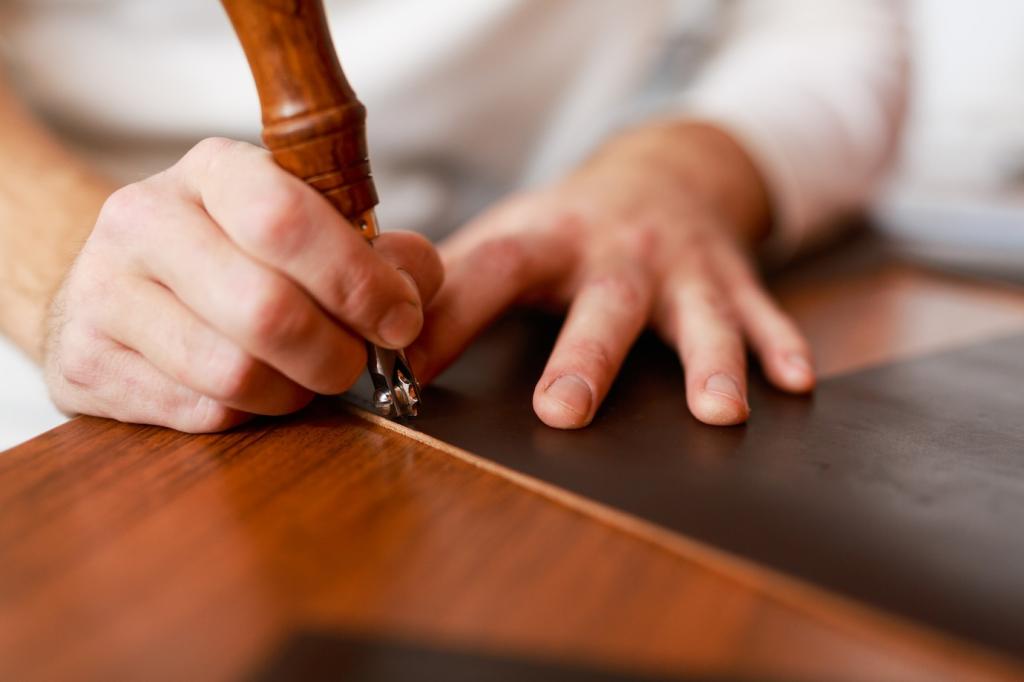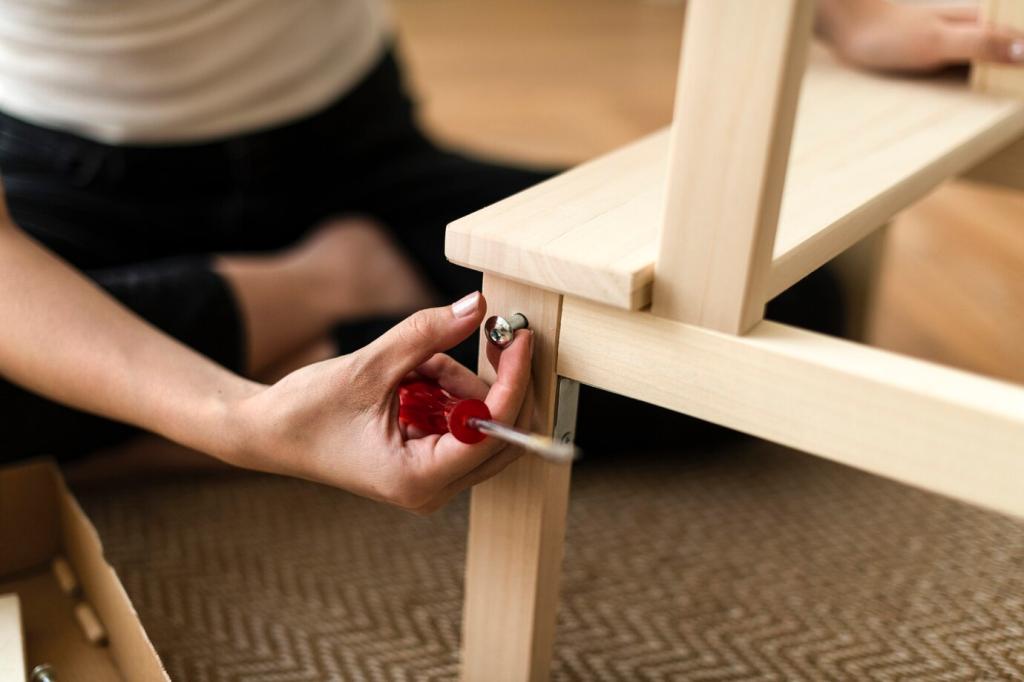
Protecting Antique Upholstery Fabric: Keep History Comfortable
Chosen Theme: Protecting Antique Upholstery Fabric. Welcome to a home for caretakers of heirlooms, where we share museum-tested tips, heartfelt stories, and everyday habits that keep historic textiles safe, beautiful, and loved. Join the conversation, subscribe for gentle checklists, and tell us how you honor the fabric that holds your family’s memories.

Silk and wool weaken with light and humidity swings, while cotton and linen suffer from acids and abrasion. Dust acts like sandpaper in slow motion, wearing threads thin with every sit-down. Gentle habits and stable conditions truly matter daily.
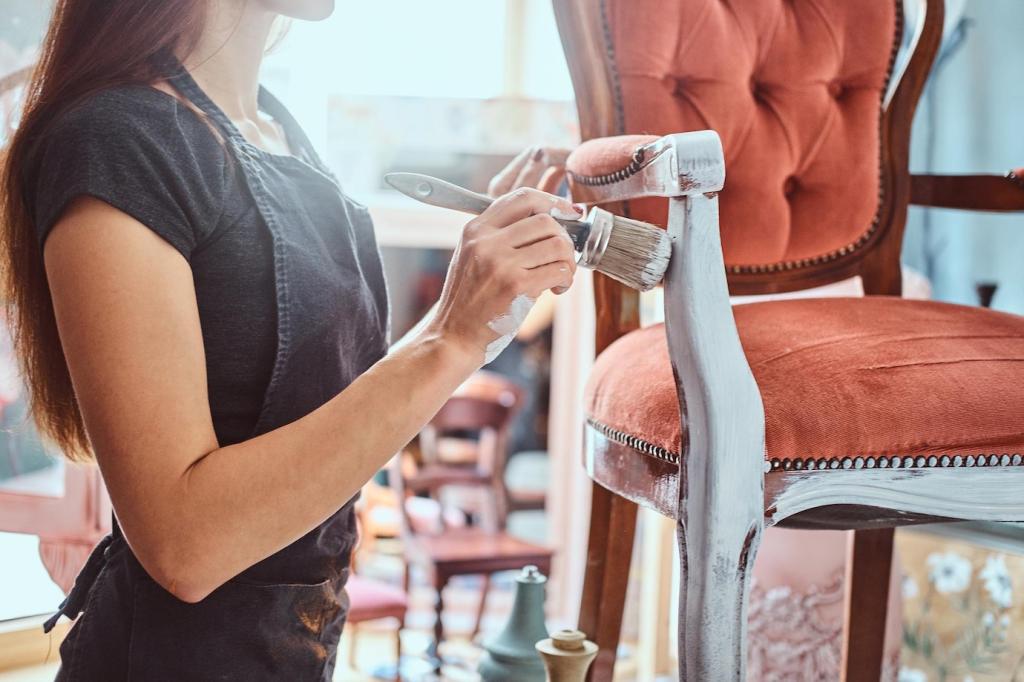
Many nineteenth‑century dyes are not lightfast. Sun and even bright indoor lighting can shift colors from saturated to sad. Lower light levels, UV filters, and rotating displays reduce cumulative exposure dramatically, making beauty last without drama.
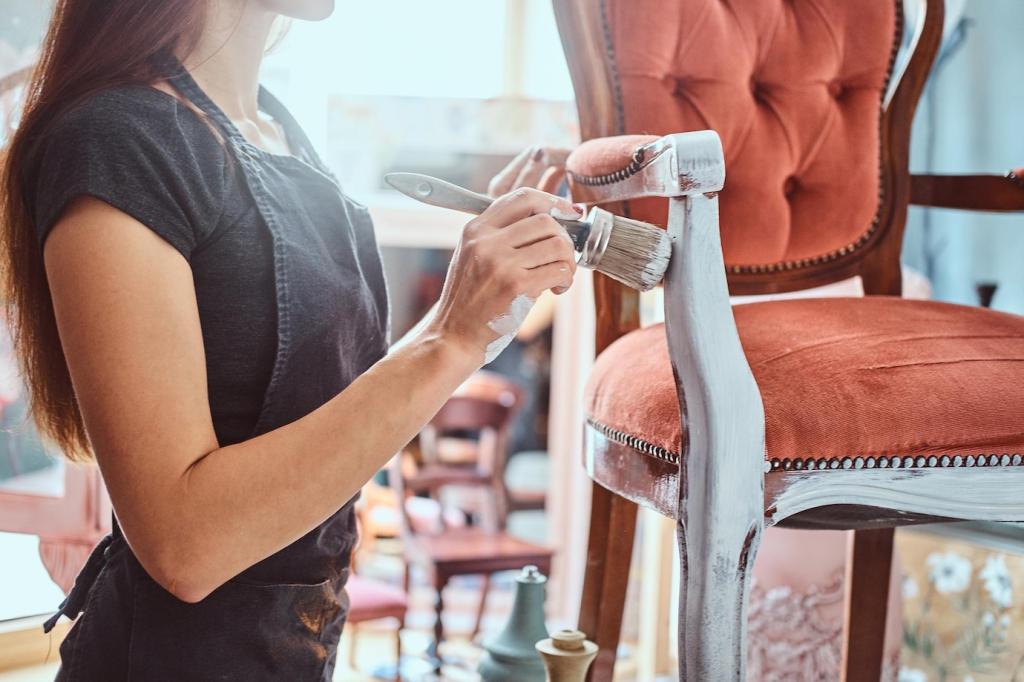
A reader placed a sheer UV curtain behind a Victorian settee, cutting ultraviolet without losing morning glow. After one summer, the fabric remained vibrant, and the wood felt cooler to the touch. Tell us your small changes that made a big difference.
Preventive Care: Light, Temperature, and Humidity
Aim for soft, indirect light; think museum-level illumination near 50 lux for fragile textiles. Use UV-filtering film, lined curtains, and shades. Move pieces away from windows, or rotate positions seasonally. Share your setup; we love clever solutions.
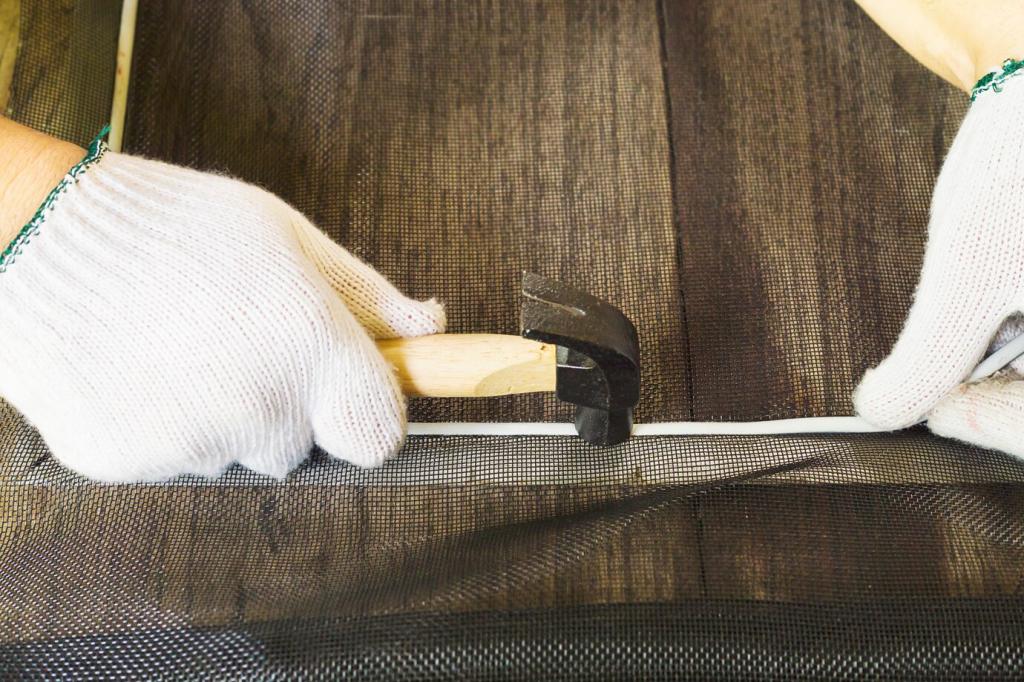
Gentle Cleaning: Dust, Spots, and Safe Practices
Use a HEPA vacuum on the lowest suction with a soft brush. Place a clean mesh screen over the fabric to prevent thread lift. Vacuum in small sections, supporting seams with your hand. Monthly light passes beat yearly aggressive scrubs.
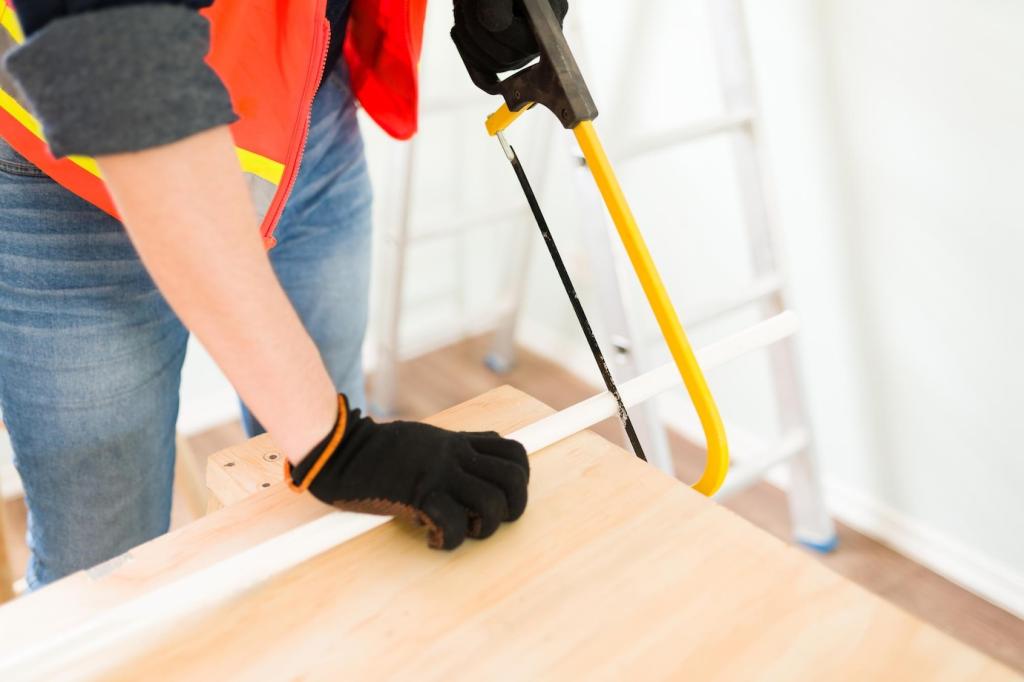
Handling and Daily Use: Small Habits, Big Protection
Lift from the strongest frame points, not arms or backrests. Use two people and a board for long seats. Never drag feet across rugs. A careful move today avoids loosened joints tomorrow. Share your own moving tips with fellow readers.
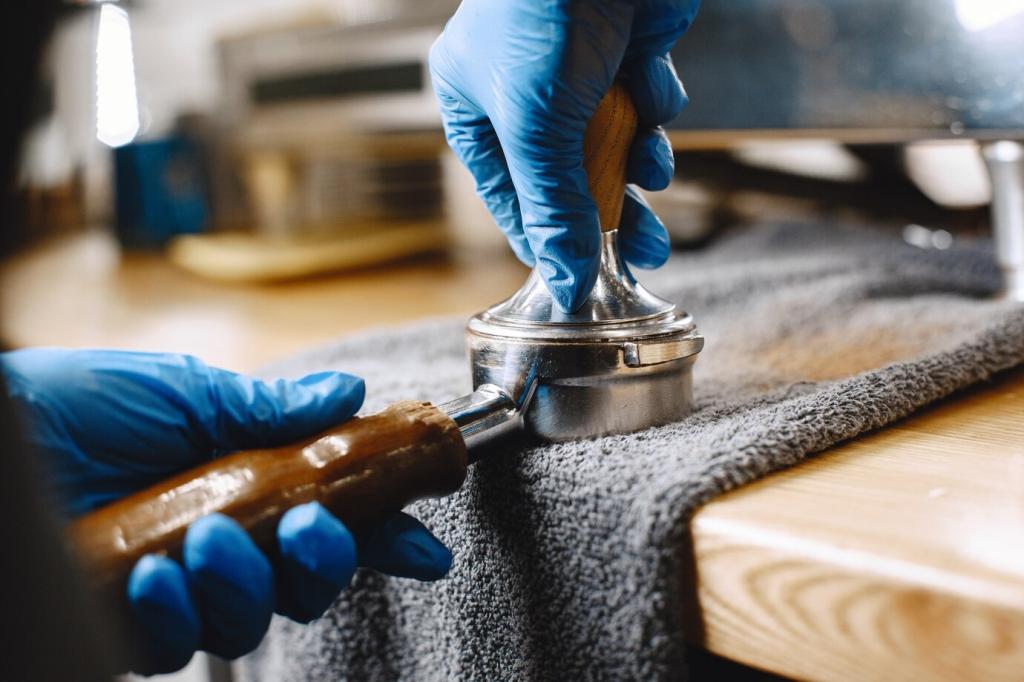

Handling and Daily Use: Small Habits, Big Protection
Rotate cushions regularly, and use washable throws where bodies touch most. Conservation-grade cotton undercovers or muslin liners add invisible protection. Avoid adhesive tapes or fusible products; reversibility matters. Comment if you’ve tried discreet slipcovers.
Pest Prevention and Treatment the Safe Way
Use sticky traps to monitor moths and beetles, vacuum crevices, and reduce clutter under sofas. Quarantine new acquisitions for two weeks. Cleanliness plus vigilance is powerful. Share what you’ve caught—and how you adjusted habits to prevent return.
Pest Prevention and Treatment the Safe Way
For infestations, conservators may use controlled freezing or oxygen-free bagging. Upholstered pieces are complex: mixed materials expand differently. Consult a professional before attempting. Safer interim steps include thorough vacuuming and isolating with breathable covers.
Conservation vs. Restoration: Making Ethical Choices
Tears, powdery silk, or unstable dyes need expert hands. Conservators stabilize with supportive stitching and appropriate backings. Ask for reversible treatments and written reports. Your future self—and the next caretaker—will thank you for careful choices.
Conservation vs. Restoration: Making Ethical Choices
Modern foams, adhesives, and staples can off-gas or stain. Whenever possible, retain original tacks, trims, and foundations. Use conservation-grade interlinings and keep any removed fragments labeled. Document every change with photographs and notes for provenance.
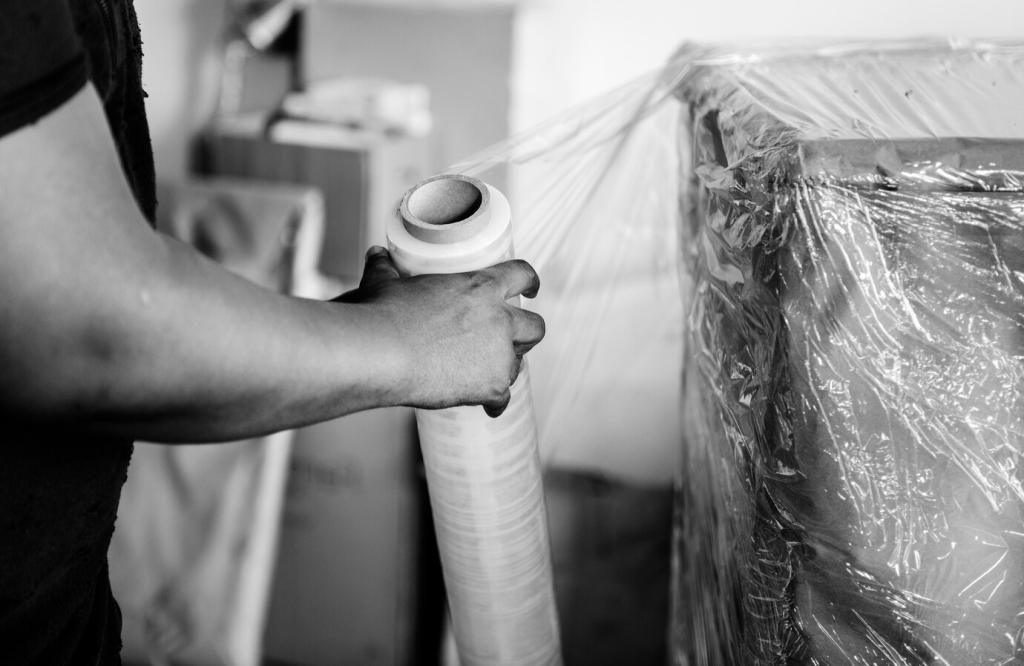
Storage and Emergency Preparedness
Cover pieces with clean cotton sheets or Tyvek to keep dust off while allowing airflow. Avoid plastic wraps that trap moisture. Pad contact points with acid-free tissue. Elevate furniture slightly to discourage damp wicking from floors.
